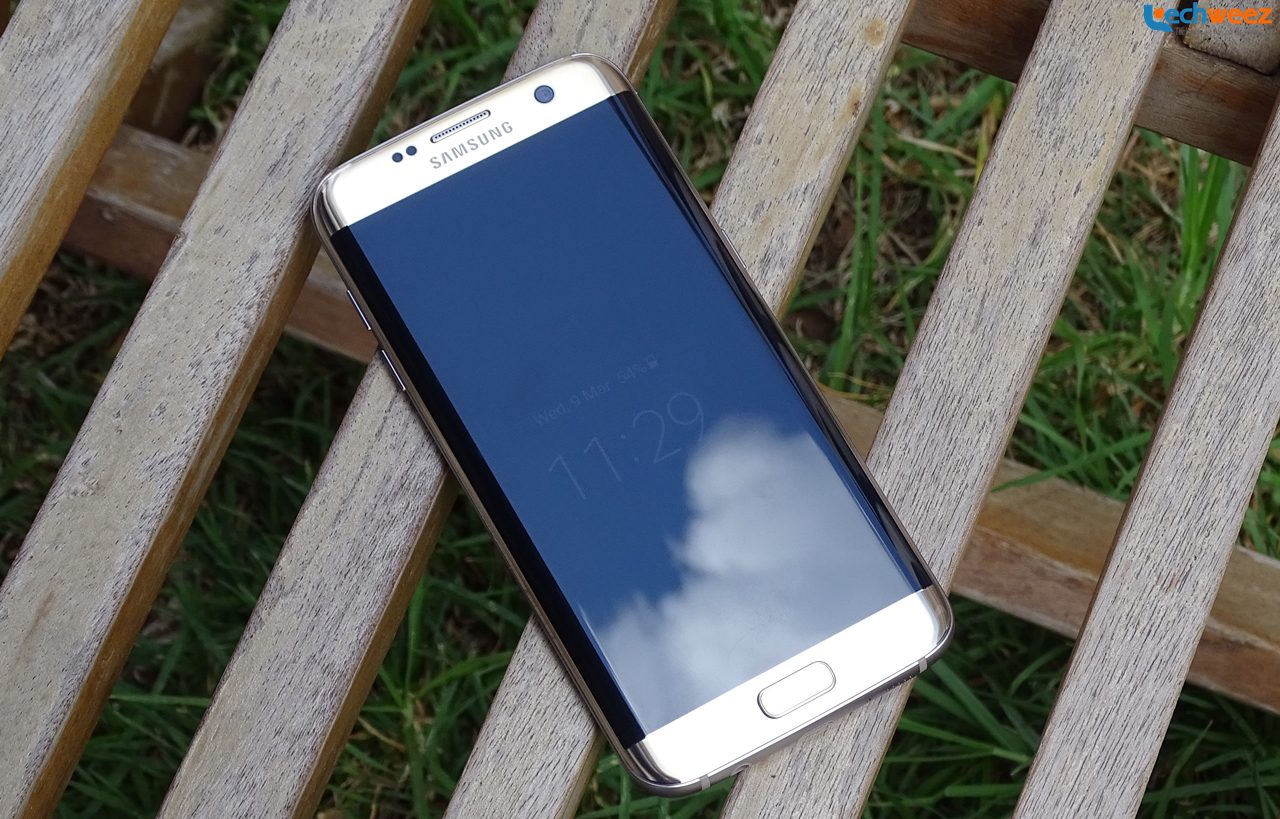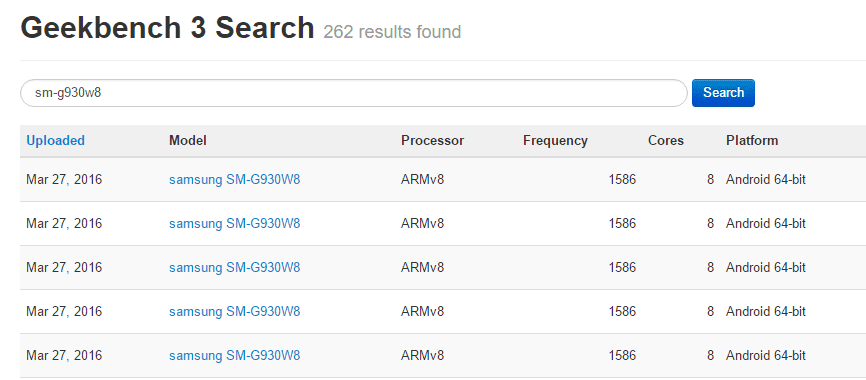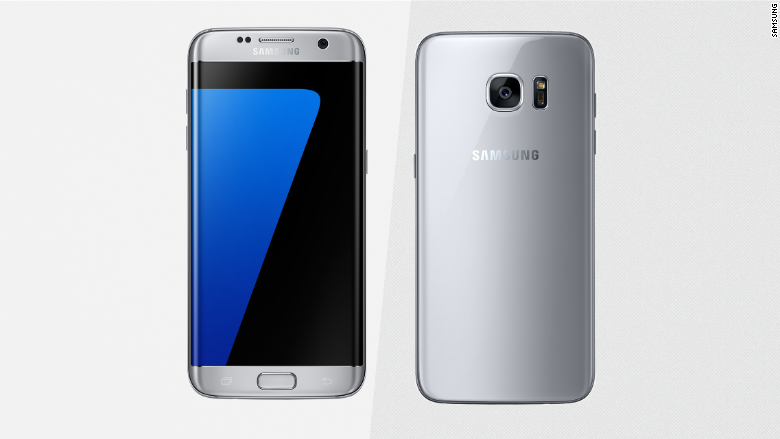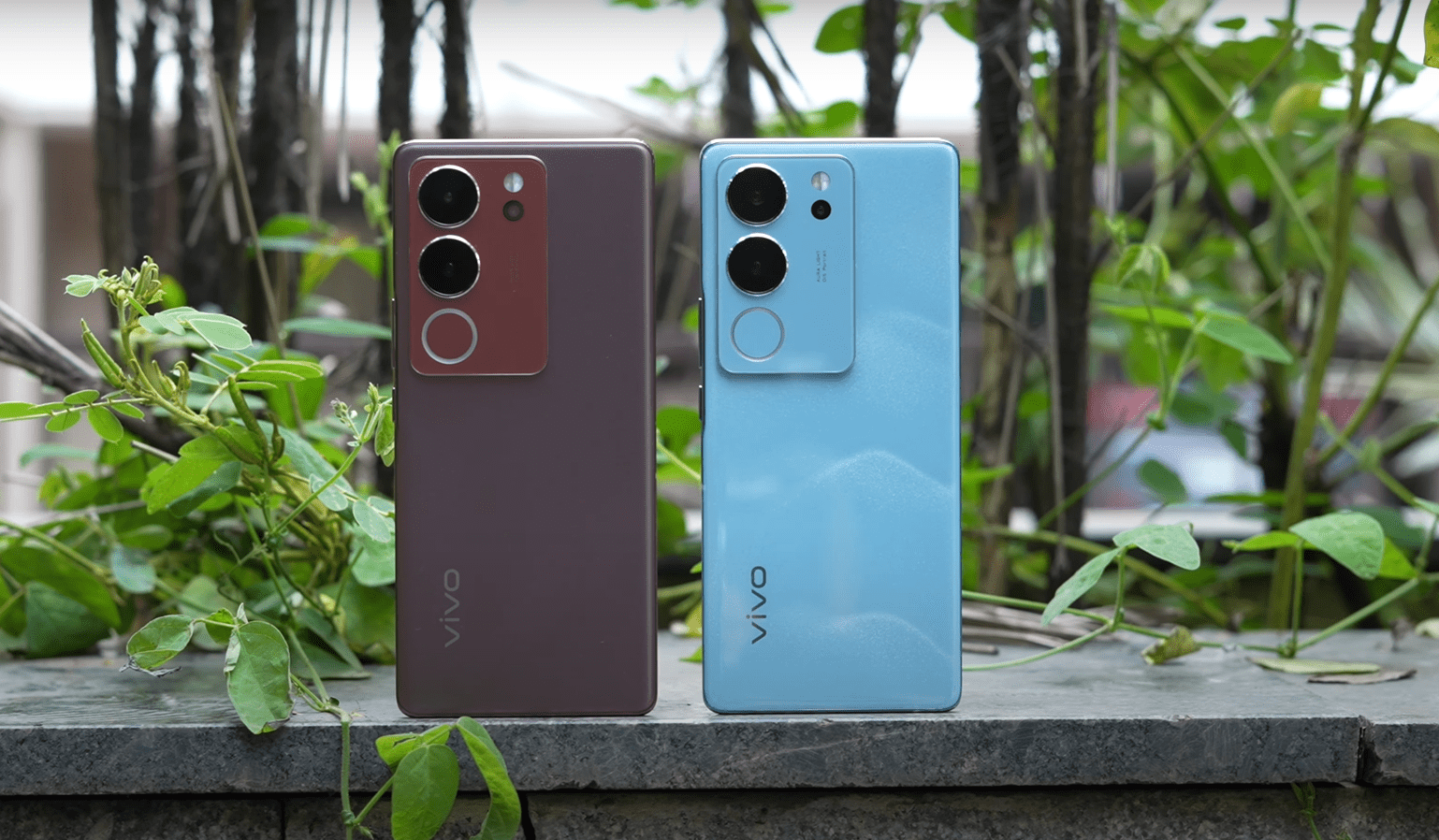Wait, what?
You heard that one right.


Samsung could be on course to introduce into the market variants of its 2016 flagship smartphone, the Galaxy S7, with processors from Taiwanese chipmaker MediaTek.
Benchmark results show that a device going by the model number SM-G930W8 has been tested with three different variations of processors. The processors in question include the Exynos 8890, Samsung’s home-made chip that powers all the Galaxy S7 units in the world bar those on sale in China and the United States. The two other chips, with model numbers MT6797 and MT6797T are MediaTek’s high-end processors namely the Helio X20 and Helio X25 respectively.


According to GSMArena, the W in the model number of the device spotted in the benchmarks is synonymous with the model numbering of Samsung Galaxy devices on sale in Canada. So if indeed these Galaxy S7s with MediaTek chips are real then they are headed to Canada.
The Helio X25 chip, the more superior of the two, supports up to 6 GB RAM, while the actual memory capacity of the Galaxy S7 is 4 GB. The Helio X20 supports up to 3 GB RAM. We wonder just how well this will go for the Galaxy S7. Galaxy S7 Neo or something perhaps? We may know soon but just don’t count on it. Also, the Helio X25 was introduced to the world as an exclusive to the Meizu Pro 6 so why would it be on a Samsung smartphone again?
If it comes to pass that this is true then MediaTek will become the second company to be sourced by Samsung for chips on its premium device, the Galaxy S7. Qualcomm is the only chipmaker to provide processors for the device. Its Snapdragon 820 is used in Galaxy S7s on sale in the US and China.
We had previously heard that Samsung would be packing MediaTek chips on some of its mid-range devices but that has yet to come to pass. Instead, the company has sourced the likes of Spreadtrum to power some of its low-cost devices taking the place of Broadcom which used to power earlier entry-level Samsung Galaxy smartphones like the Galaxy Young (remember it?).




















